A Quick Look at the Moto X - Motorola's New Flagship
by Brian Klug on August 1, 2013 3:00 PM EST- Posted in
- Smartphones
- Qualcomm
- MSM8960
- Motorola
- Mobile
- Android 4.2
- Moto X
- S4 Pro
Touchless Control
Though the UI for the Moto X is indeed stock android basically everywhere ($12.5 Billion later, Google finally killed Motoblur), there are two specific software customizations on the Moto X which are chief differentiators. The first of which is touchless control, which is essentially a combination of always-listening voice command, and Google Now.
The way it works is simple – say “OK Google Now” with the phone in literally any state, and you’ll get dumped into a special Google Now prompt. It works with the phone in standby mode (screen off, powered on, but in deep sleep), or with screen on.
There’s a training initialization which asks you to say “OK Google Now” in a very quiet room three times (I had to lock myself in a bathroom for the meter to register quiet enough) to enable the feature. After that, saying OK Google Now works well and powers on the phone to this menu. Users cannot change the OK Google Now keyphrase to something custom.
For this system, Motorola uses a natural language processor (NLP) of custom design that I haven’t quite tracked down yet. This controller constantly listens on the 3 microphones onboard Moto X for the “OK Google Now” keyword, then wakes up the AP and enables the Google Now prompt. Motorola says it went with this solution to enable always-on voice without killing battery life from running the main AP all the time (which does make sense). It works surprisingly well, maybe even too well, as even after training saying “OK Google Now” can turn on every Moto X around you. Just something to be aware of.
Contextual Processor
The contextual processor powers two other features, active display, and the gesture-enabled quick capture camera.
Active display is Motorola’s solution to the constant device checking and glancing that users do to find out why a notification fired. It’s a view that sits above the lock screen and displays the last few notifications and enables you to dive into the appropriate app that triggered it. Information just appears on the display when it’s in an off state, breathing in and out when the device is face-up on a surface. Otherwise, flipping the Moto X from face down to face up will bring up the display – I can’t screenshot it, this seems to live outside Android entirely.
To get a preview, you can touch the notification, and then drag up. Dragging left or right clears notifications. Dragging up into a notification will dive into the appropriate application.
There are privacy settings to enable or disable how much information you can have displayed on the active display notification screen so this doesn’t bypass if you have a lock screen on purpose.
I leave my phone face-up on my desk instead of face down to prevent screen scratches, where and the Active Display notification screen pulses periodically with the time and when notifications come in. It works well, I just need to spend time with it.
The other contextual-powered feature is quick capture, which is the quick enter camera gesture. Hold the Moto X, flick your wrist like a screwdriver, and you’ll get popped into Motorola’s camera UI for the Moto X.
The UI is very simplified and makes some interesting choices. Tap to focus and expose is disabled by default – instead tapping anywhere captures a photo. Tap to focus can be re-enabled in the settings, which fly out from the left, but now tapping anywhere focuses on that region and captures immediately. I’m not sure if I like this change. The camera sensor is 16:9, and the preview is likewise 16:9, so there’s at least no cropping going on.
The UI includes HDR, flash control, tap to focus enable/disable, slow motion video (720p60), panorama, location tagging, shutter sound, and the flick gesture enable/disable. What’s missing is photosphere support, unfortunately. Dragging right gets you into the gallery, and there are buttons for changing to the front facing camera and taking video instead of photos. This is sort of a tweaked Android 4.2/4.3 camera UI, with stuff just moved around and photosphere removed.
I’ve done some digging around and believe that Motorola is using a TI MSP430 microcontroller for its contextual processor, as this seems to do at least sensor fusion for the different situational positions. I’m not sure if this also powers the active display functions but wouldn’t be surprised if it did.


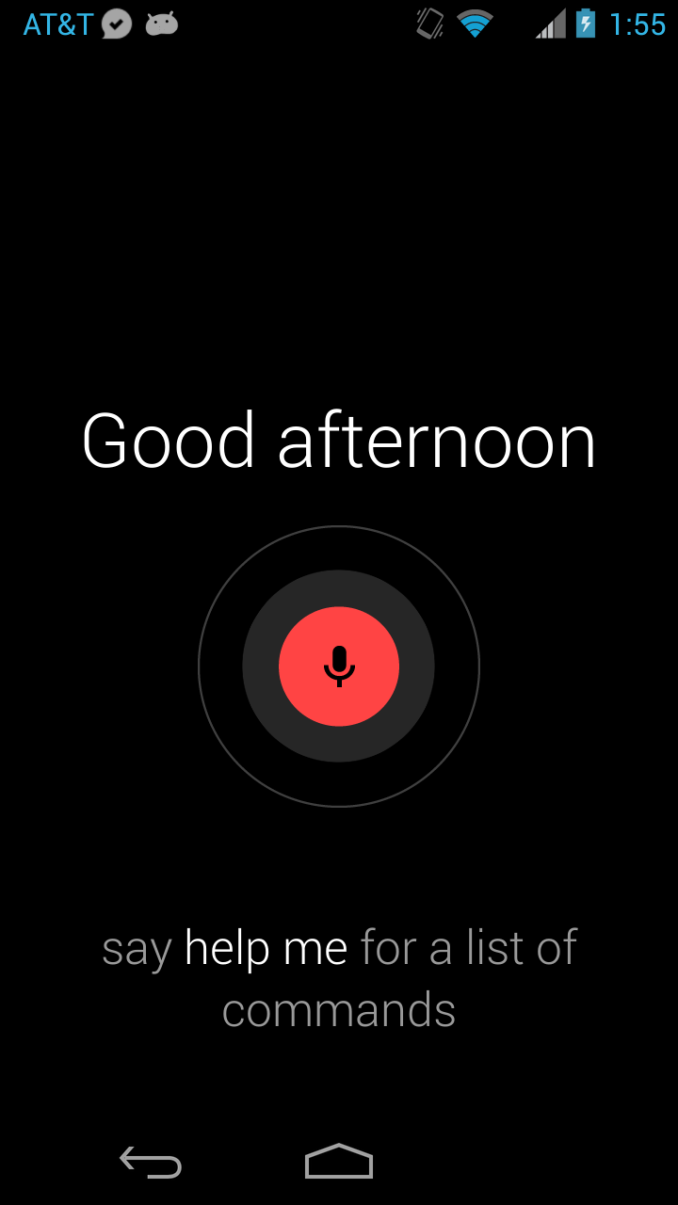
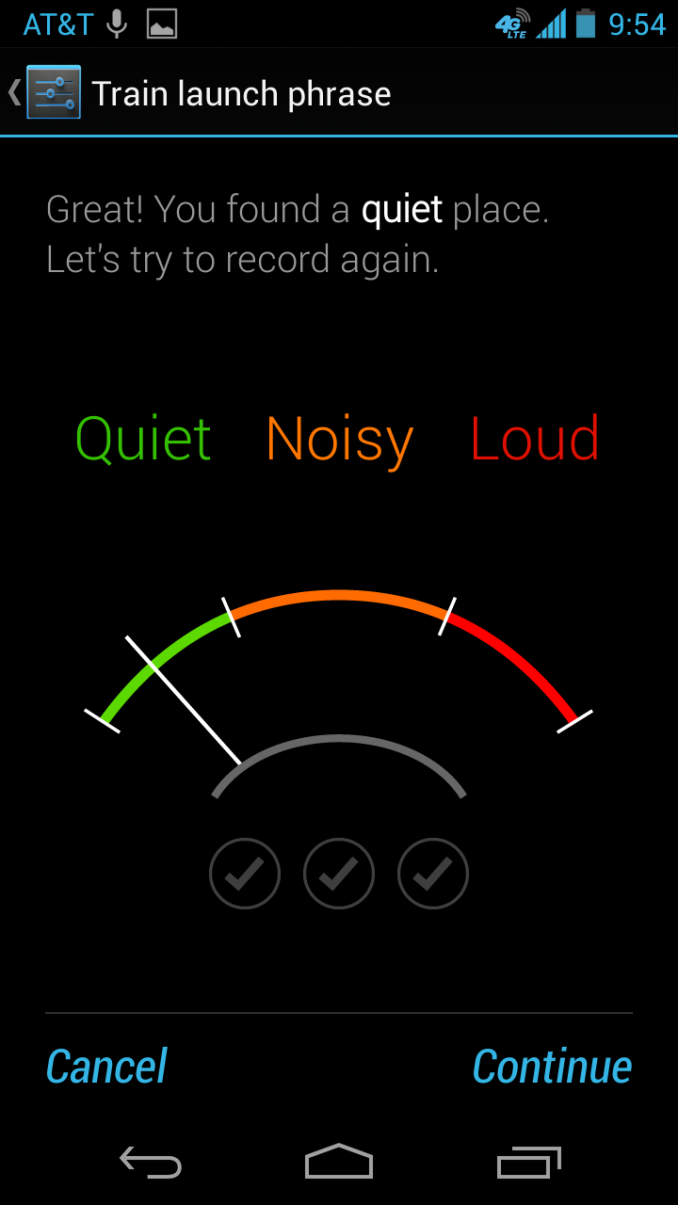
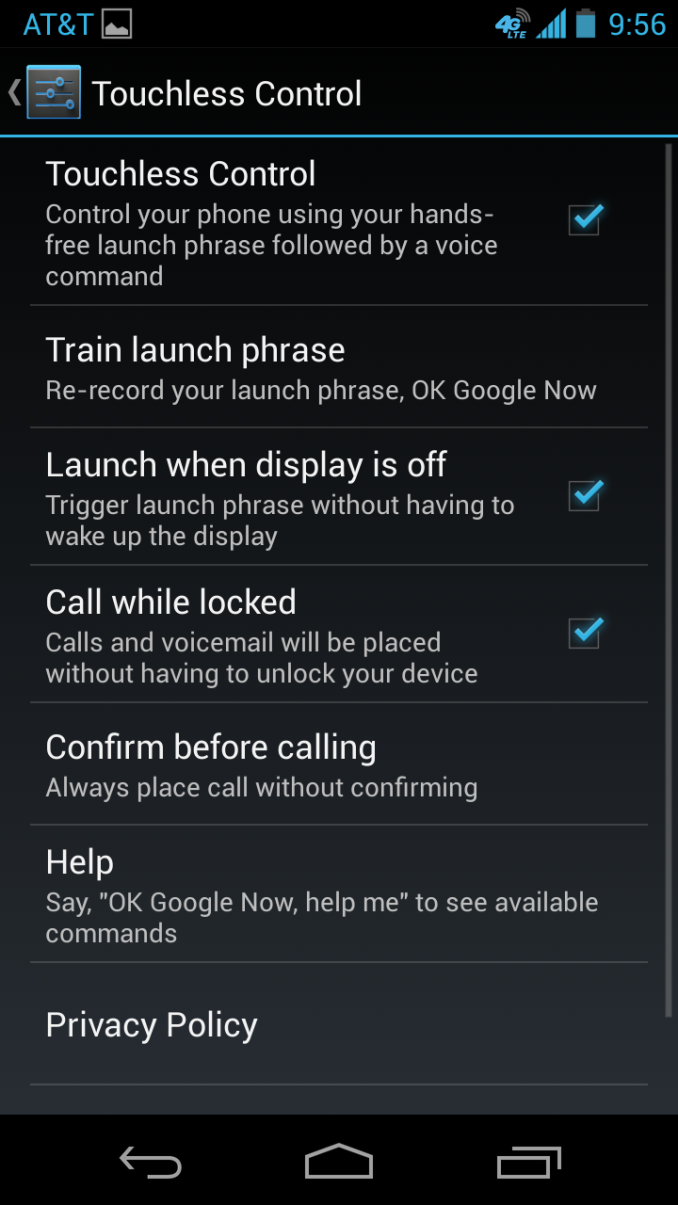
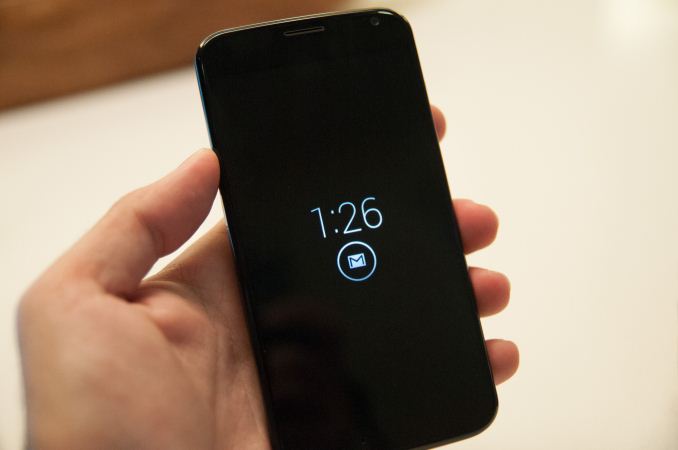
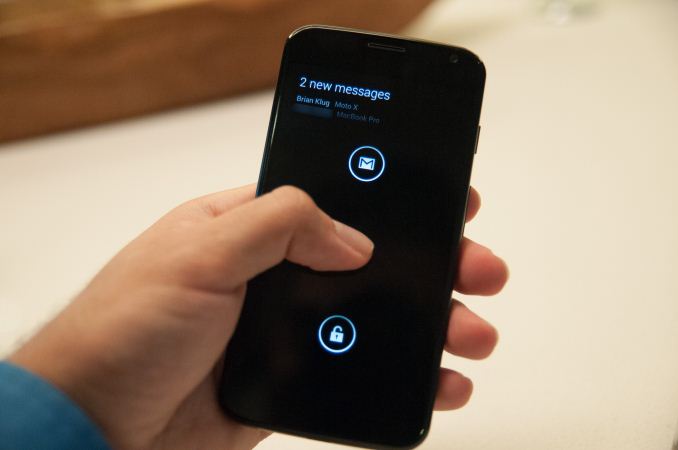
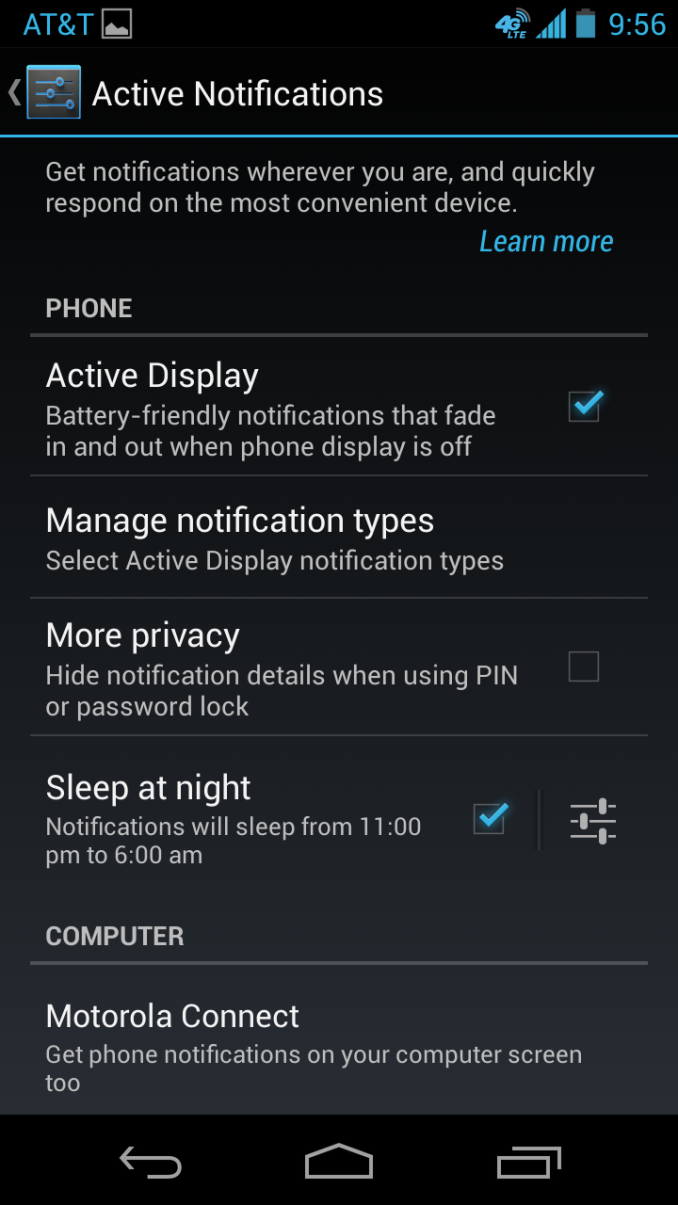
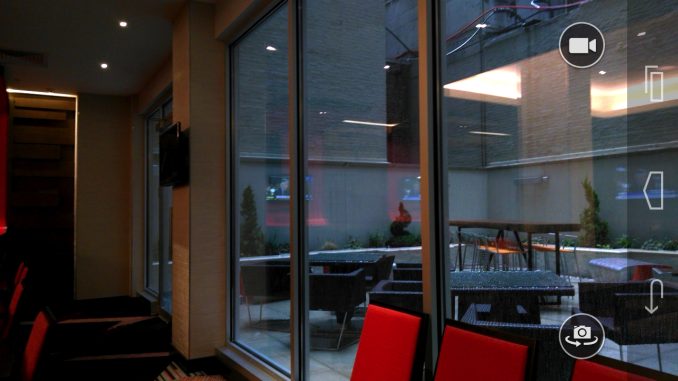
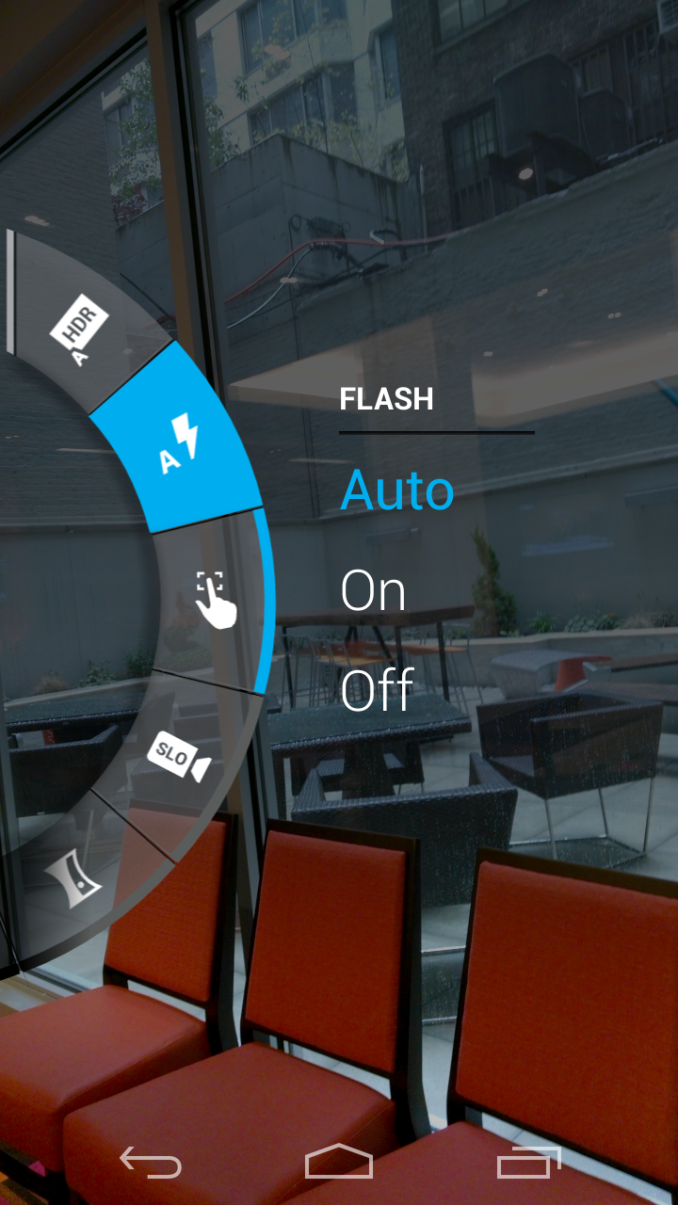








162 Comments
View All Comments
UpSpin - Friday, August 2, 2013 - link
Compared to your Evo 4G LTE the Motorola:- has a better (if you love OLED) or at least equivalent screen (no Pentile!)
- a faster CPU
- a much faster GPU
- more RAM
- much more responsive interactions, simpler usage of Google Now and probably longer standby time thanks to the dedicated natural language processor and contextual processor
- (for root) same usable screen (you can switch them off) and use Pie Control instead
- better camera
- overall smaller
- but most importantly: customizable.
So for whom is this phone? Probably young people who want to have their personal device instead of a phone everyone has.
PS: Not every phone must be suited for you, and just because you don't like it, doesn't mean that others, maybe younger people with different interests, use cases and priorities (like personalization instead of a kickstand), also don't like it.
themossie - Saturday, August 3, 2013 - link
My comment was intended to show how Motorola is alienating much of their previous smartphone audience. Other comments have amply criticized this phone spec-wise in comparison with current-generation phones in its price range, so I did my best to give a different perspective :-)The best anyone has said in its defense is "it's good enough" (yes, but not cheap enough for 'good enough') and "it's customizable" (check out custom battery doors for the Galaxy S3/S4)
My more fashionable friends buy custom cases for their phones... and they switch out these cases every few months depending on moods. No switching out the back of a Moto X.
It's the price that will kill it in the market - it's not an objectively bad phone. Limited customization isn't enough differentiation to justify this kind of price. I see little interest in 'Touchless Control' / 'OK Google Now', if comments on Anandtech and ArsTechnica posts are any indication.
So, yes, I do expect that other, maybe younger? people (I'm 25) also won't like it. For whom is this phone indeed?
I still want to see a (wooden?) Surface Pro style kickstand on a smartphone :-)
- The Mossie
Krysto - Thursday, August 1, 2013 - link
Tell that to Nokia, too.CSMR - Friday, August 2, 2013 - link
Quad core and 1080p are just for ignorant consumers who don't understand that the third and fourth cores will never be used and the extra pixels over 720p will not be seen,darwinosx - Friday, August 2, 2013 - link
Agree on the cores. Not sure I do on 720 vs 1080 tho. I would.akdj - Monday, August 5, 2013 - link
I couldn't agree more. Excellent post. Five years from now when developers and UI's take advantage of multiple core procs, absolutely. Today...they mainly sit idle while consuming power. IOW, battery drain.Same as 1080p on a 5" screen. These DPI measurements are off the chart. While the 'retina' idea and push has been phenomenal for everything visually....1080p and >350 ppi is largely overrated and again, a battery suck
300-350 ppi with better contrast, whites blacks and color will, IMHO lay waste to any 1080p high density phone that forgets the 'real' attributes to what makes a 'good' display vs a 'great' display.
J
gallen408 - Saturday, August 10, 2013 - link
*facepalm* No, I would rather spend $199 +2 years for a phone with 4 application cores (two of which are frequently unused even by the os, really just great for benchmark bumping really), and a 1080p display that 80% of consumers would not have noticed if not for told by a marketing team that gets barely three hours of actual screen on time and needs to be recharged two or three times a day. Oh, and dont forget that the quad core 320GPU in this thing smokes the GS4 & HTC One in nearly every benchmark...Specs are becoming less important as the user experience improves to take advantage of the HUGE amount of unused power these devices have. The nano-particle water resistance is a nice thought as well.
I am all for as much power as possible but there needs to be a threshold between power & efficiency. After all, how many consumers purchase 350+HP sports cars that really don't fit their day to day lifestyle? This is more like the crossover hybrid.
StormyParis - Thursday, August 1, 2013 - link
'coz we all know the Antutu score is the most important feature of a phone. Which is why my PC is the best phone, ever !Zink - Thursday, August 1, 2013 - link
Yeah, at 1.7 GHz this phone should match the HTC One for all but some games and photo editing etc. Quad core performance is nice to have but will not be noticeable for most users I would think.flyguy29 - Monday, August 5, 2013 - link
A spec battle cannot be won outright. The customization options differentiates it and may give t a longer shelf life than your average flagship. Look how quickly the BB Z10 faded into obscurity. I would imagine that them flagship pricing helps cover the costs of stocking, servicing and marketing all of those back covers. Your choice. I too would chose specs (especially mi memory) than having the ability to choose from 15 different battery covers, for which I could only use one. "contextually aware" is smoke and mirrors for " 720p is good enough since we have smart indicators and microphones".